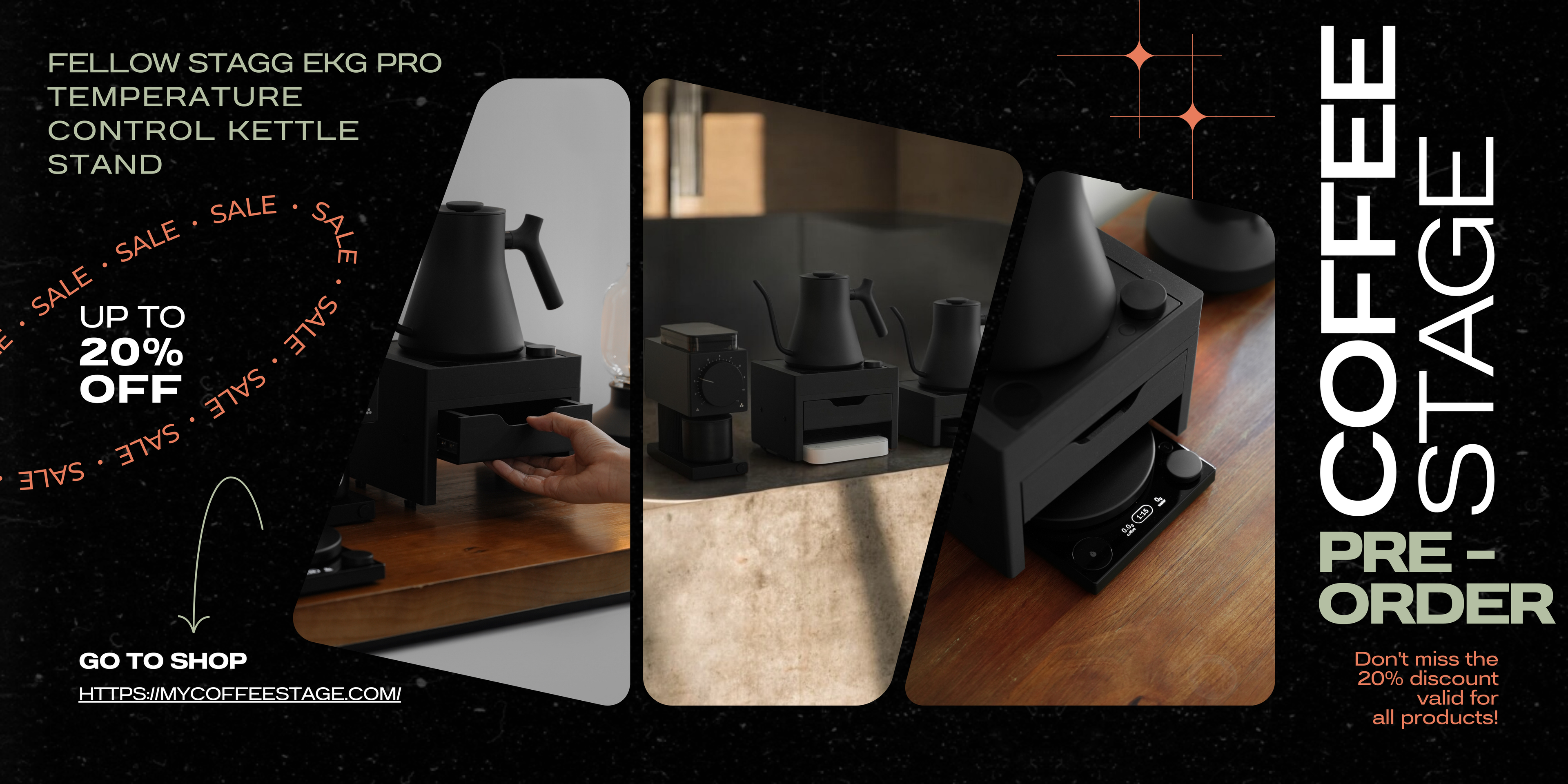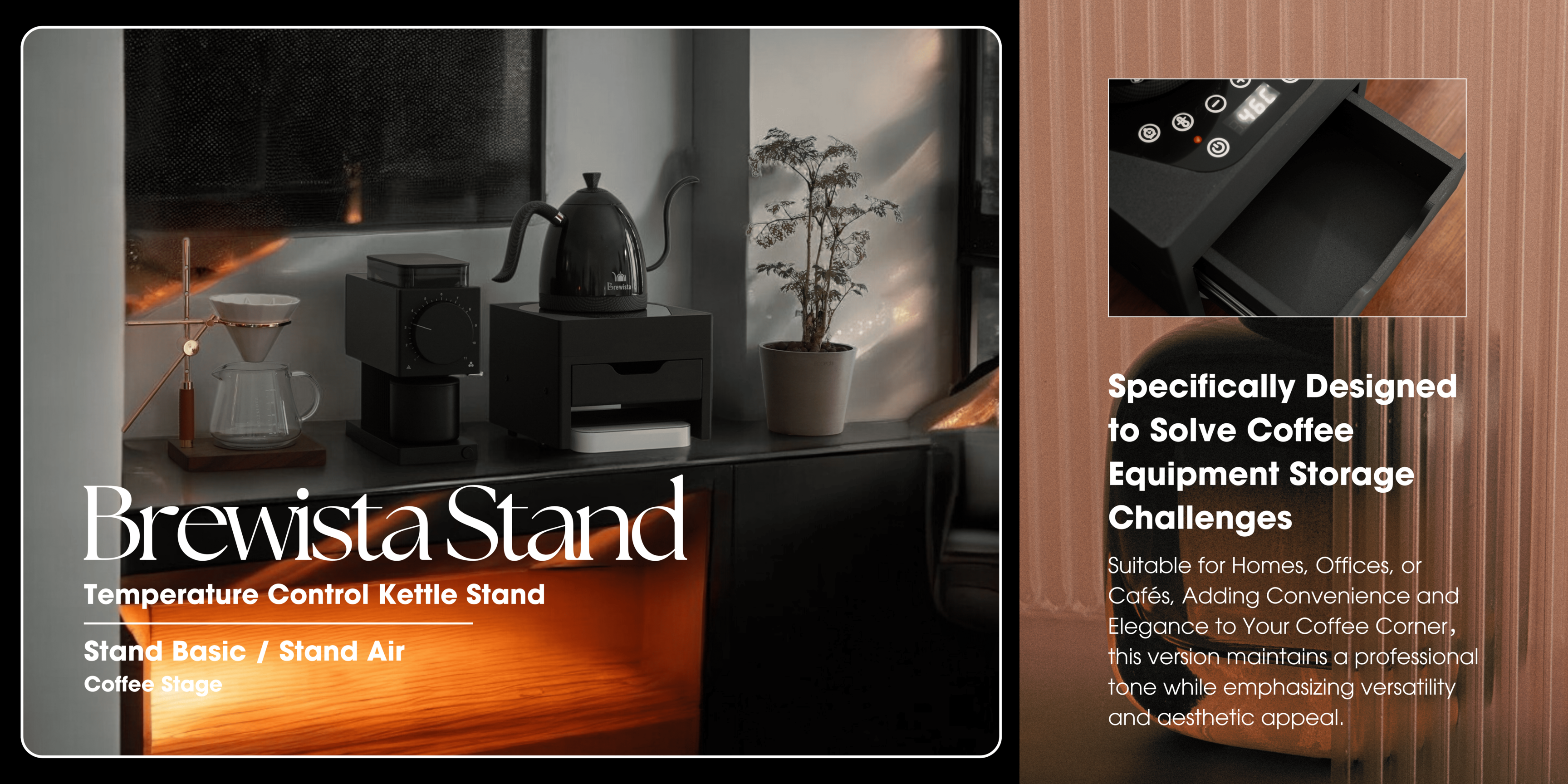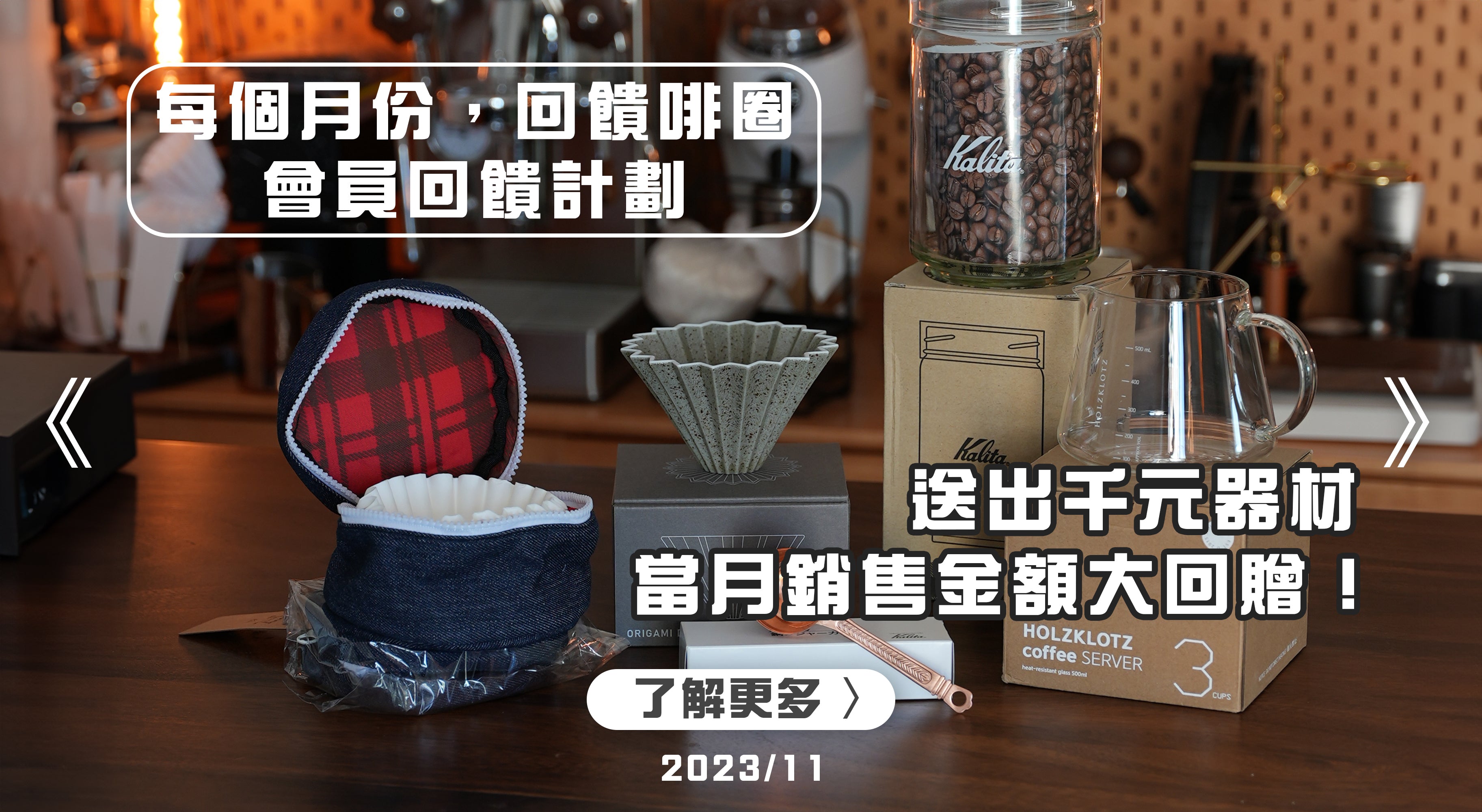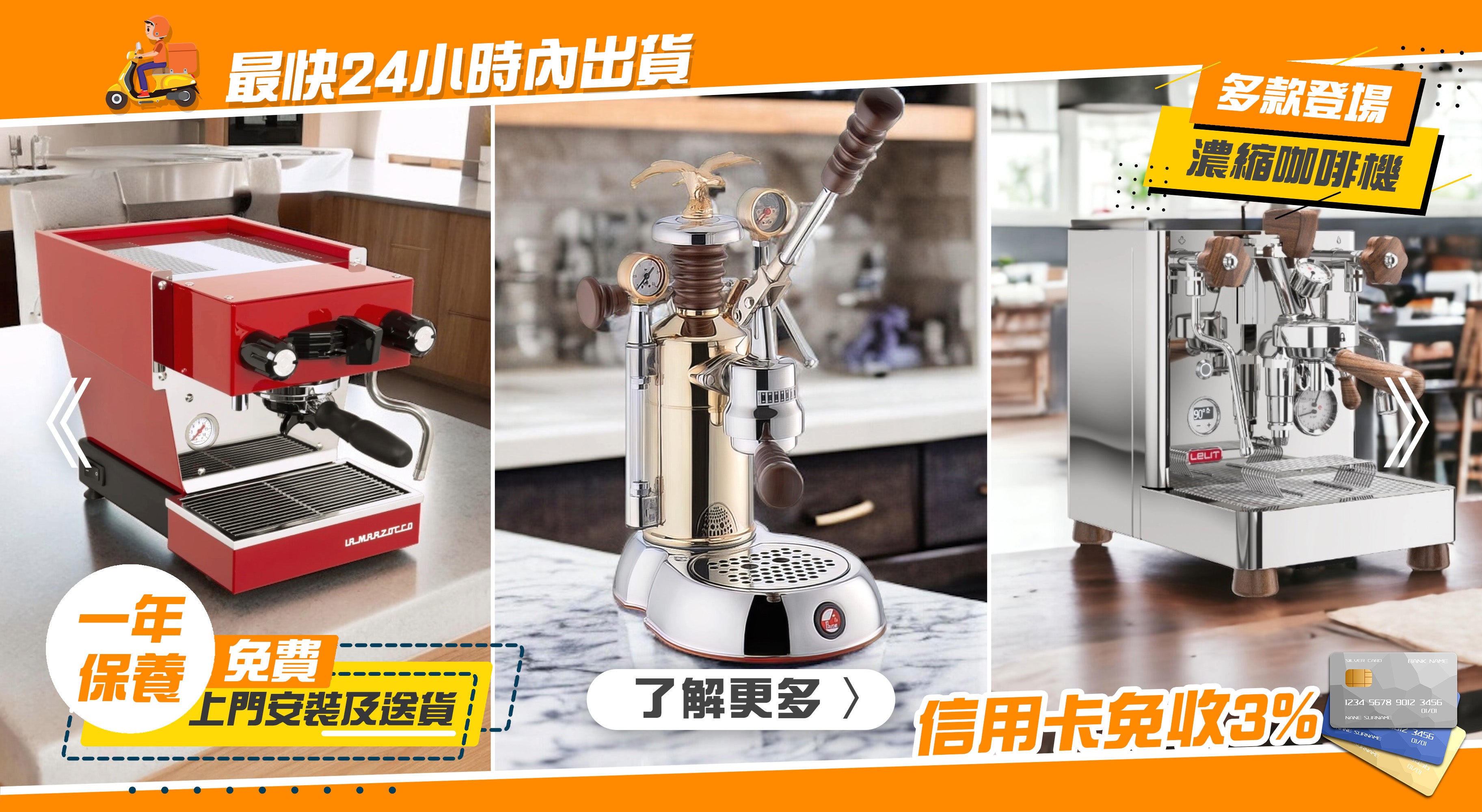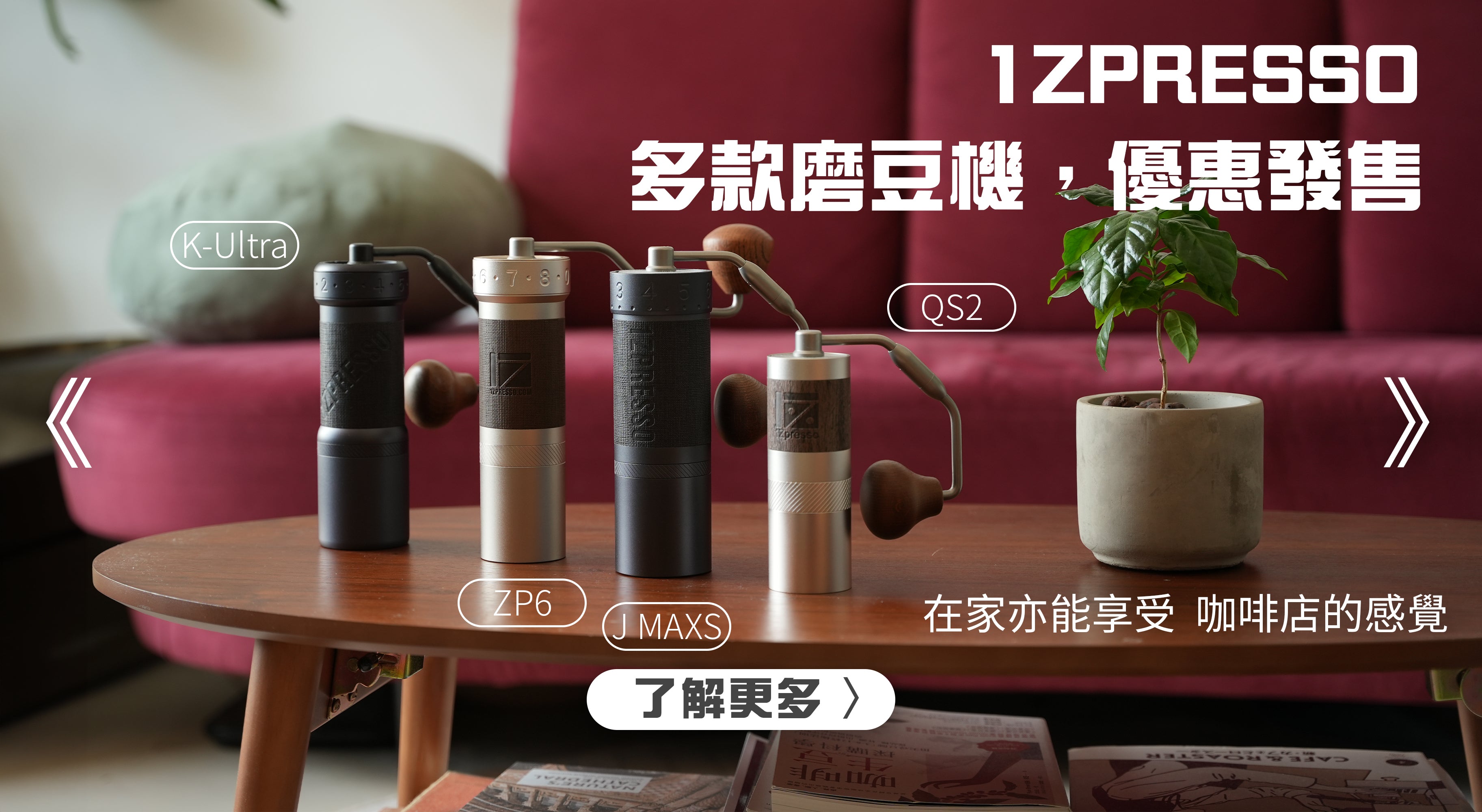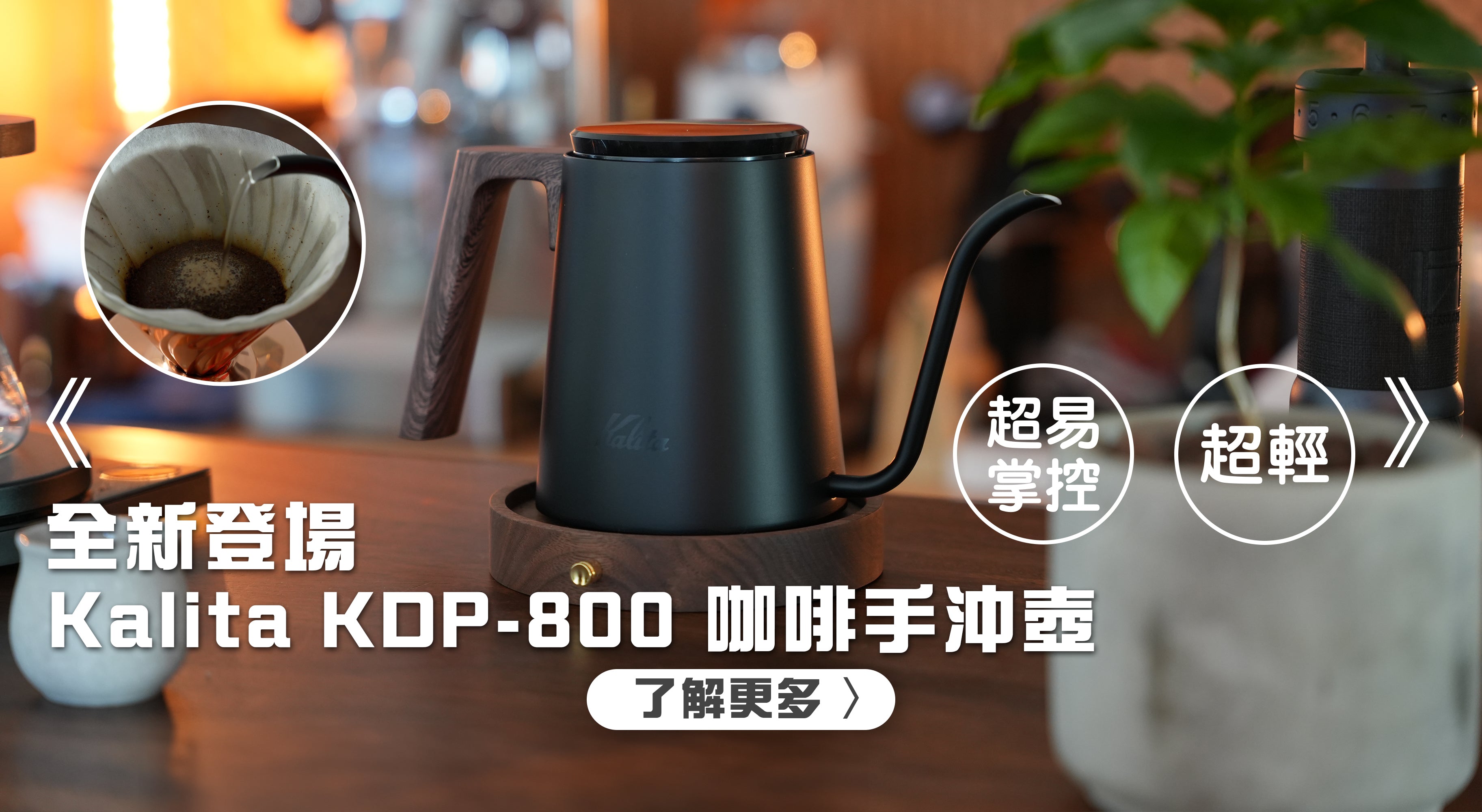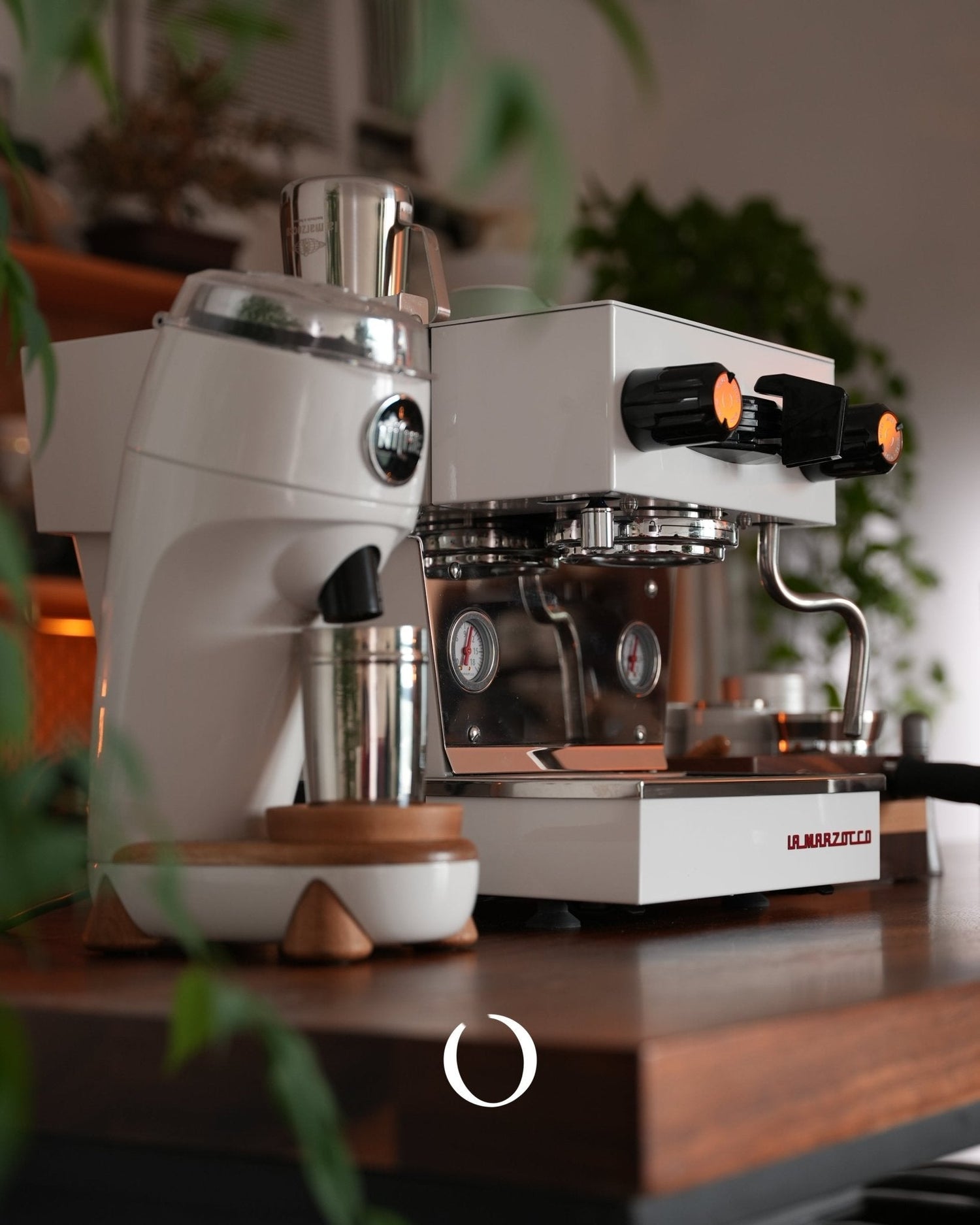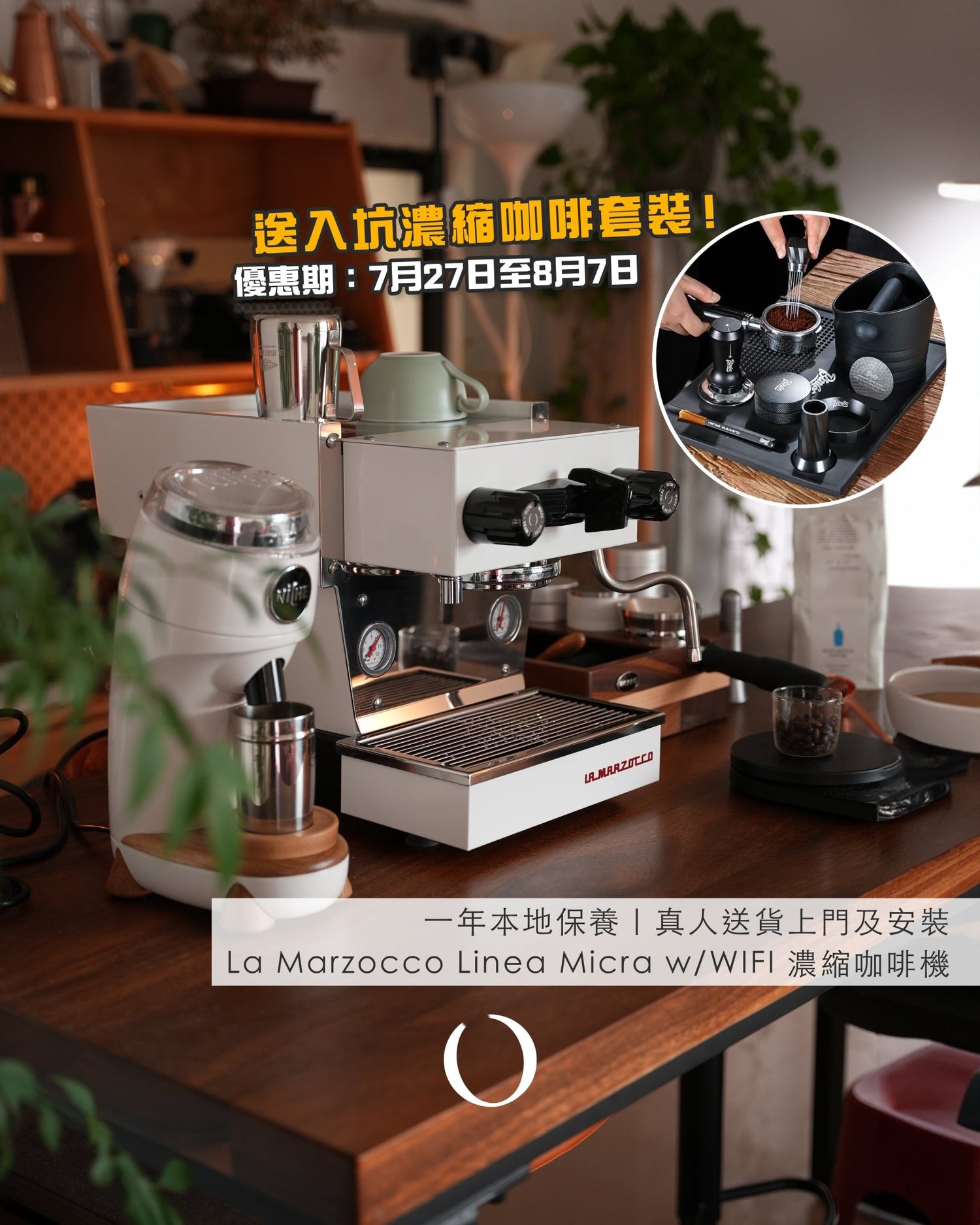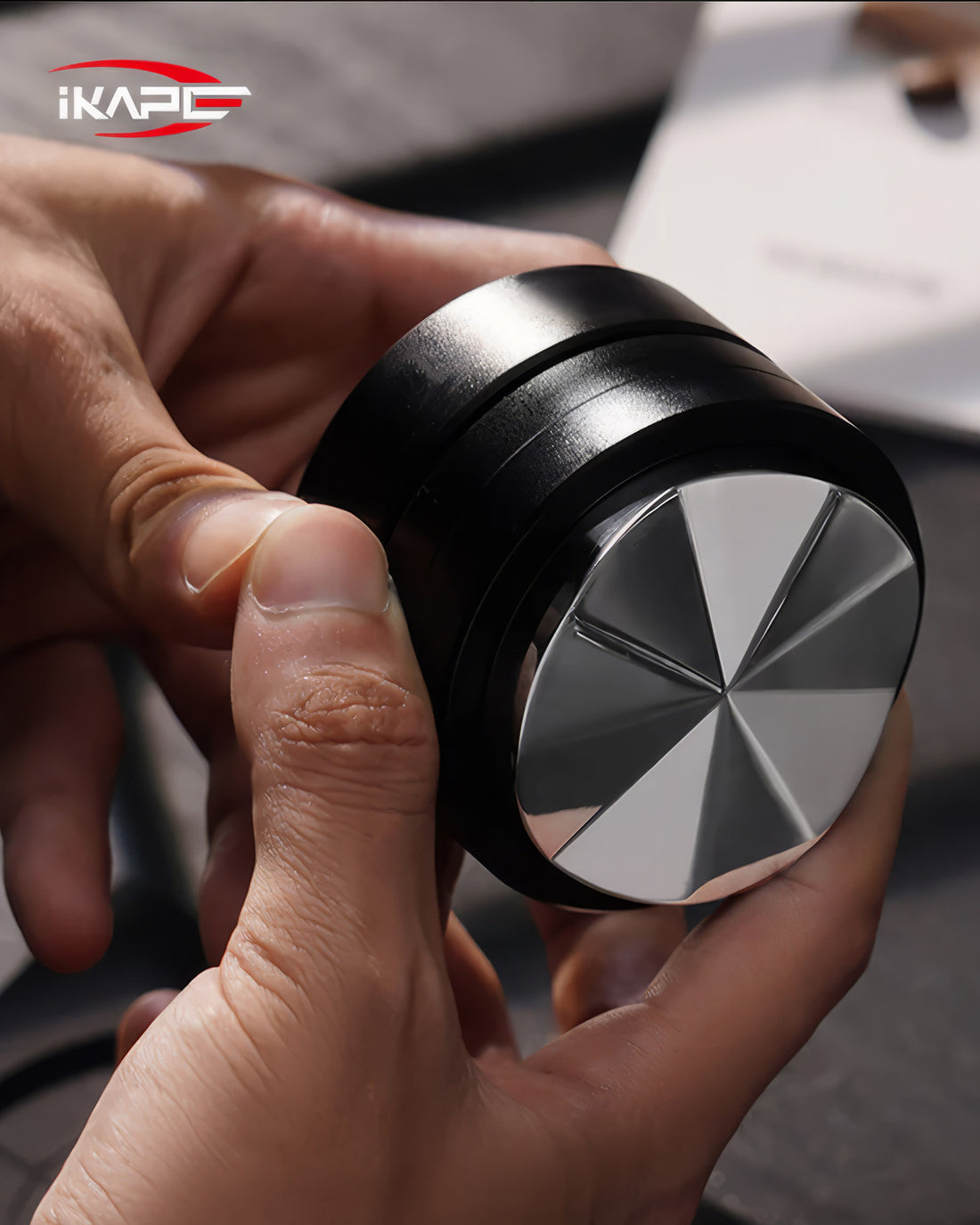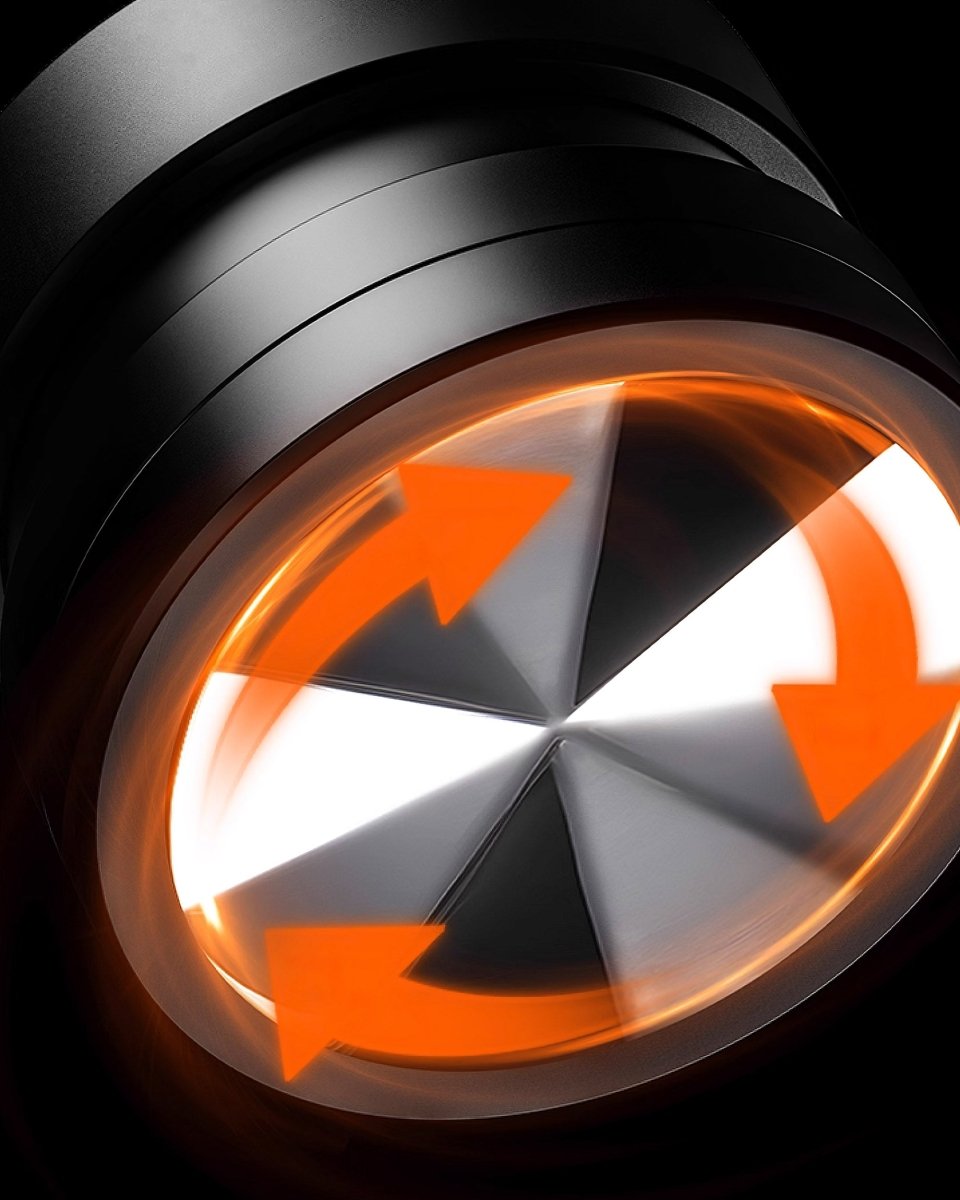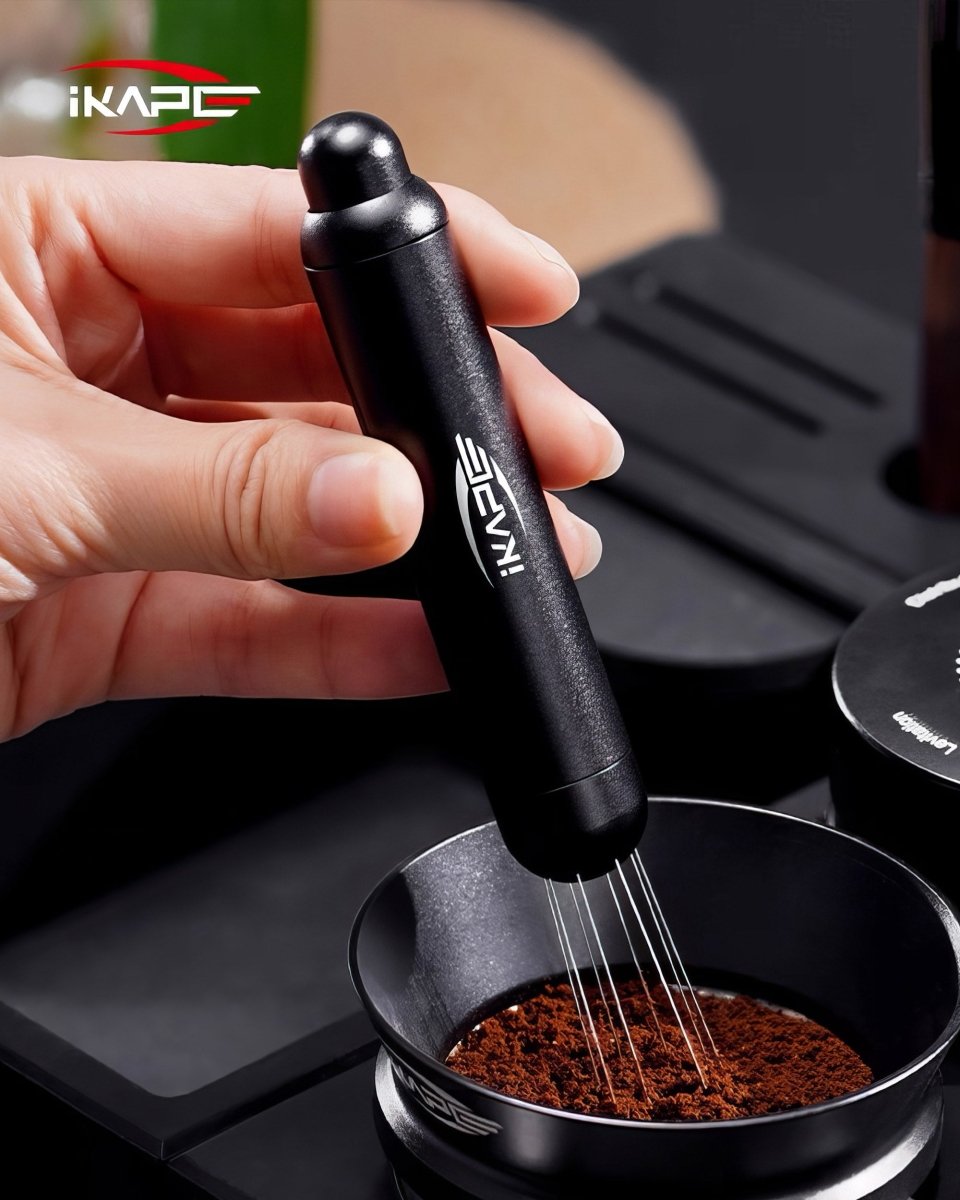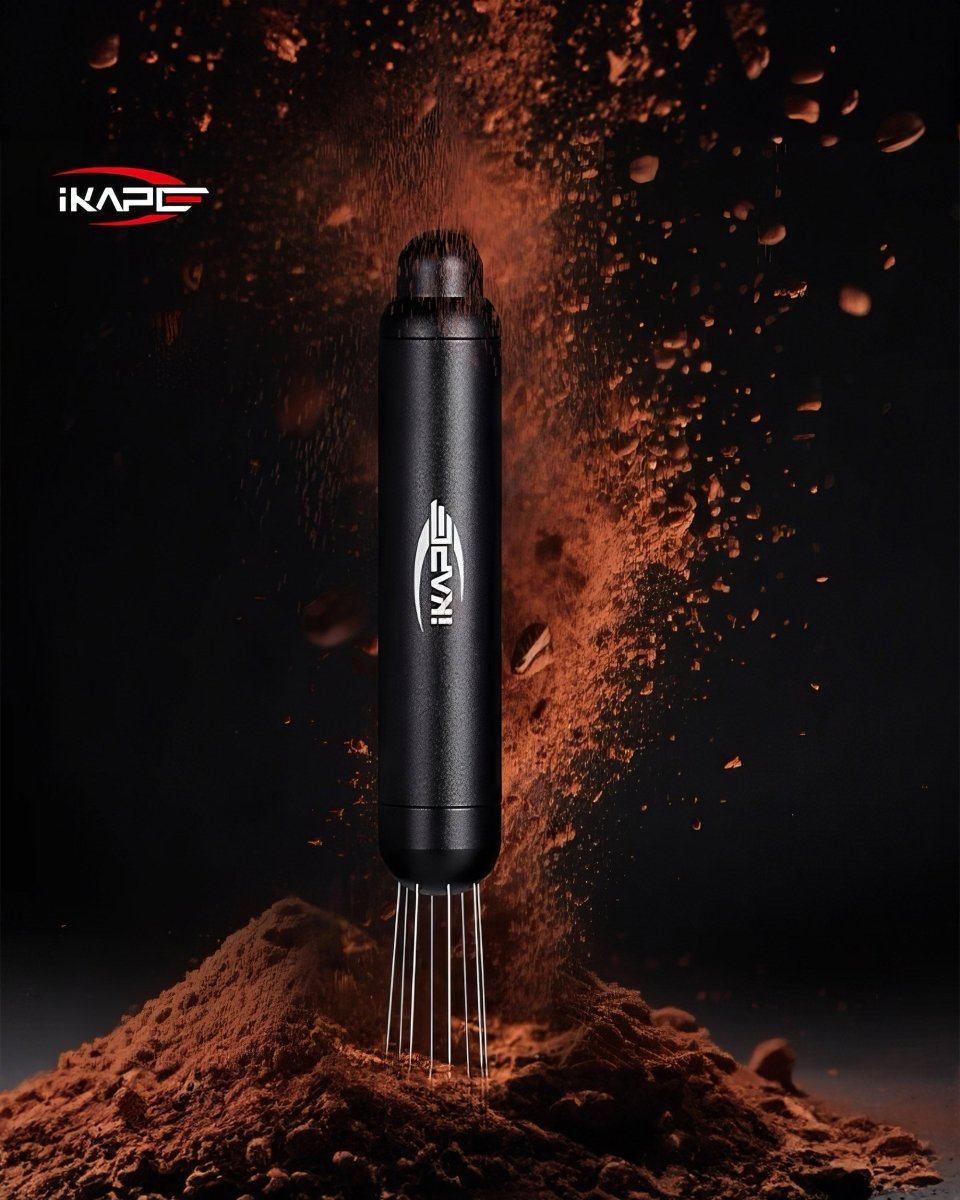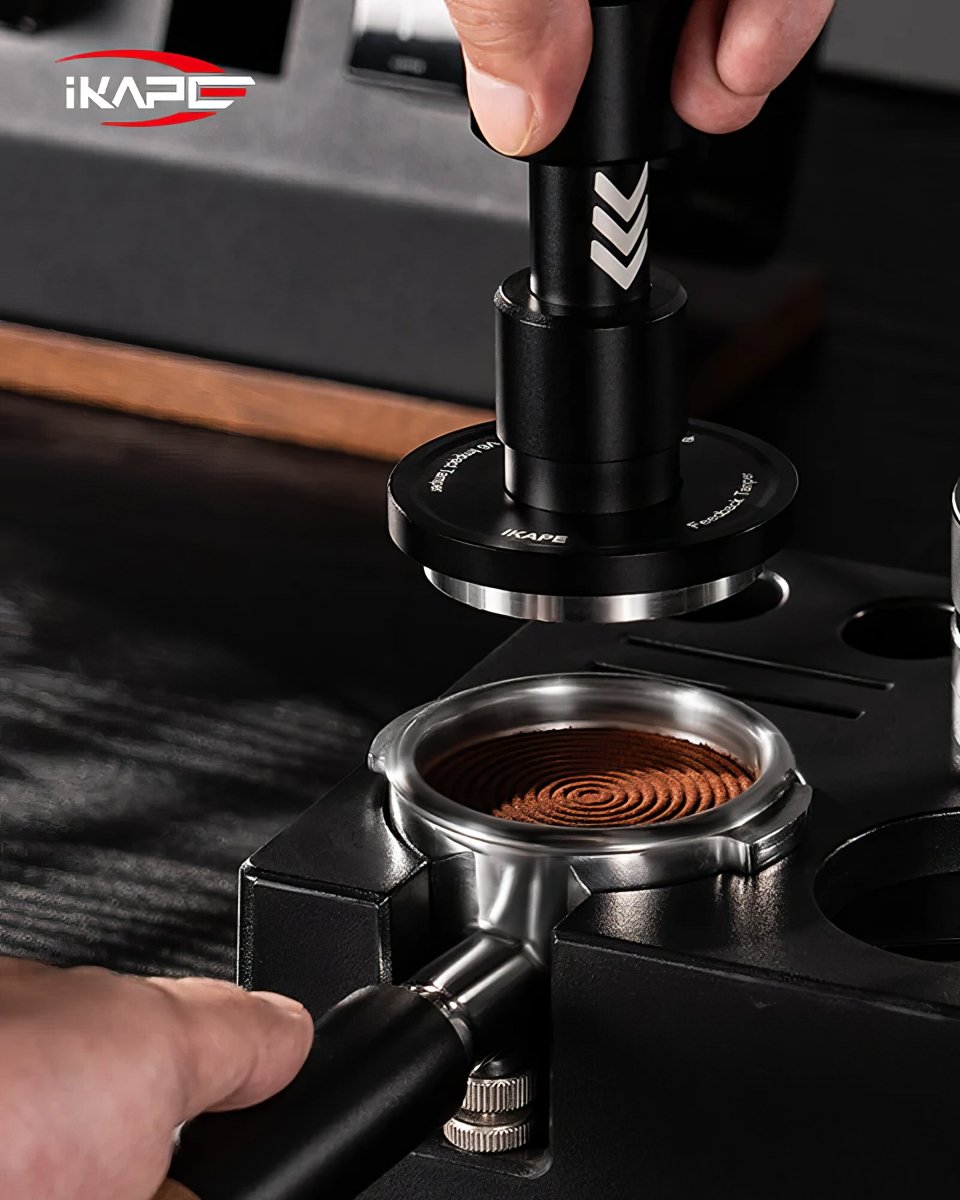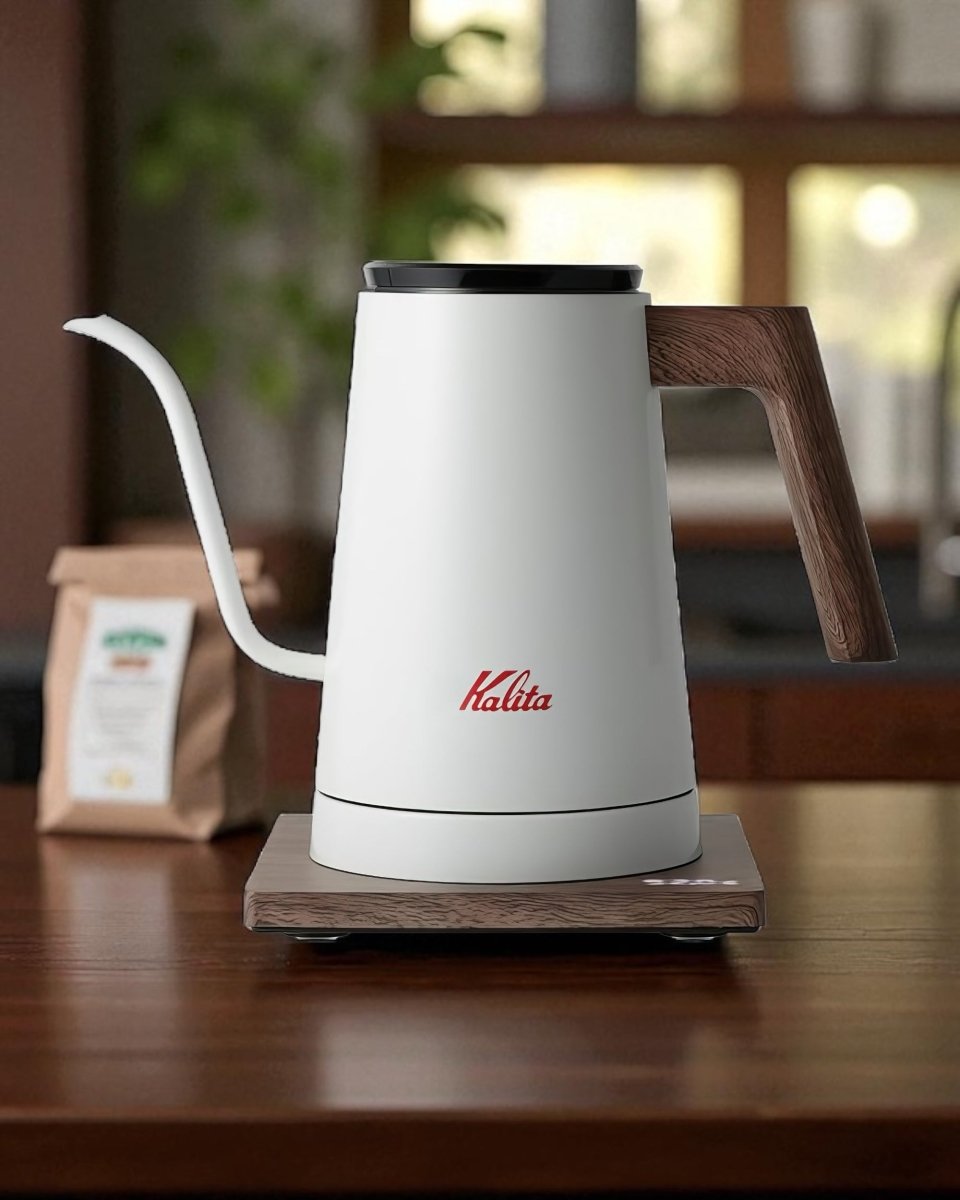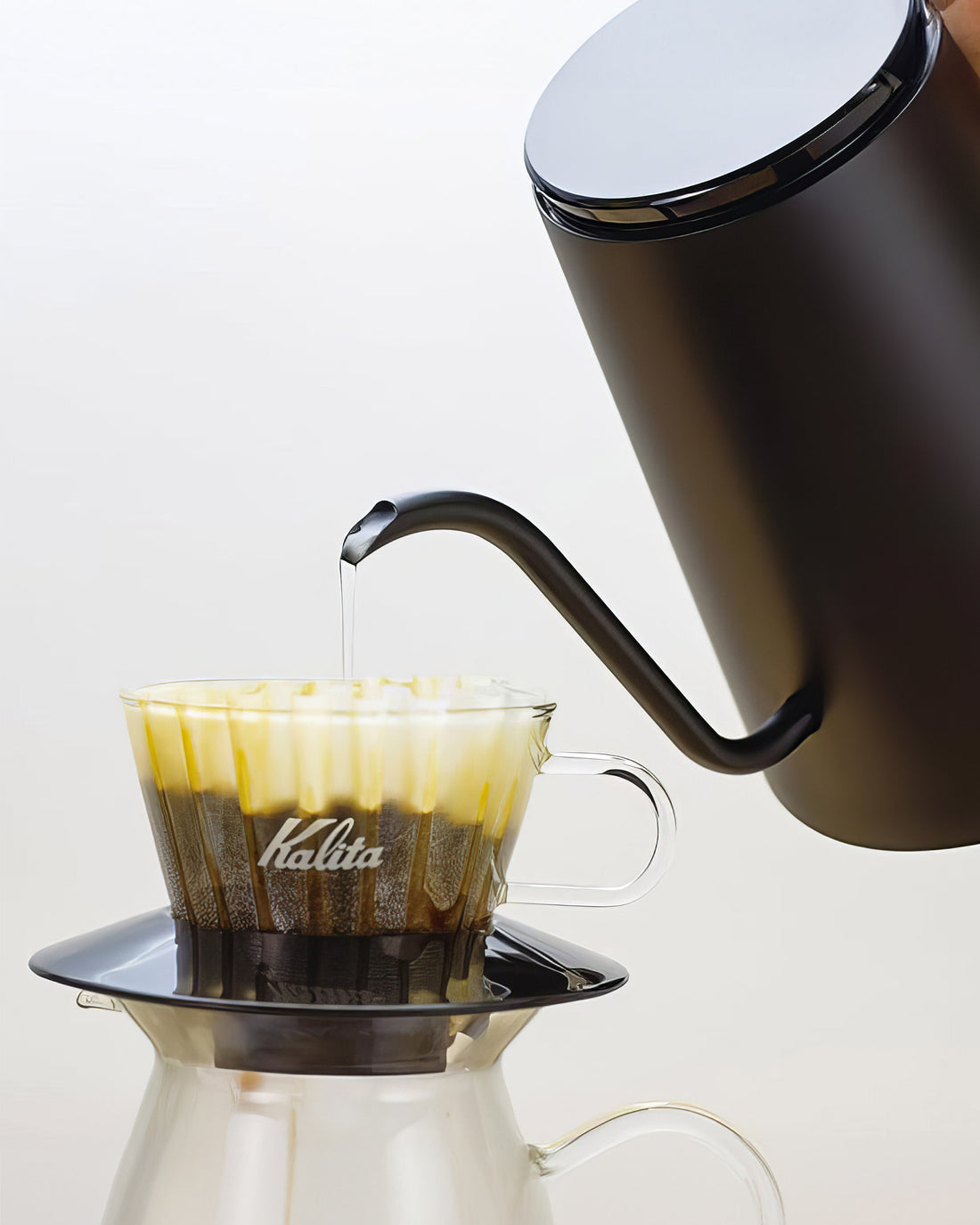For many coffee enthusiasts, choosing a suitable coffee grinder is a crucial step in improving the quality of coffee. During the process of purchasing a coffee grinder, we often hear a lot of discussions related to "cleanliness / clean feel", such as "fine grind" and "grinding uniformity". These terms are often associated with the price of the coffee grinder, but is cleanliness really that important? Can higher-end coffee grinders truly bring a cleaner coffee flavor? This article will delve into these questions to help you understand the true value of a coffee grinder's cleanliness.

The Dilemma of Coffee Grinder Cleanliness and Price
Recently, I've heard a very common saying: "The more expensive the coffee grinder, the higher the cleanliness." As more and more people raise this issue, I began to doubt whether this concept is accurate. Is the cleanliness of a coffee grinder entirely determined by its price?
The Trade-off Between Layered Feel and Cleanliness in Coffee Grinders

How to Simply Improve the Cleanliness of a Coffee Grinder?
Ultimately, to achieve the "cleanliness" of a coffee grinder, is it only those extremely expensive grinders that can do it? The answer is no. In fact, just using a sifter like Fellow's, or other brands' sifters, can achieve good results. No matter how poor your coffee grinder is, as long as you use this sifter, your coffee grounds can become cleaner. This is because the sifter can filter out fine particles and dust, reducing the impact of fine particles during brewing, which reduces clogging during water flow, resulting in smoother flow and greatly improving the "cleanliness" of the coffee.
This effect is somewhat difficult to fully express in words, but you can think of the electric rice cooker theory mentioned earlier, its principle is similar. If you have the opportunity, you can try it, because the price of these sifters is actually not that expensive, around a few hundred dollars.


Drawbacks of Cleanliness: Monotony of Flavor
At times, I was also once very fascinated by the concept of "cleanliness." However, I gradually discovered a very obvious drawback: your coffee flavor will always be limited to one or two fixed expressions. Tasting the same type of coffee for a long time can easily lead to fatigue because such a flavor is indeed too monotonous and lacks variation.
The Trend and Choice of High-End Coffee Grinders
In fact, regarding the grinders I know, the higher-end grinders often have different flavor orientations. For example, the EG-1 from Weber Workshop can be considered a very clean grinder. However, some coffee enthusiasts might choose a Mazzer grinder because it can provide a richer flavor (mostly). Each grinder brand has different flavor orientations, so price is not always the sole standard for quality. Even some cheaper grinders can have their relative value.
Therefore, if you are pursuing absolute coffee cleanliness, the most economical choice is undoubtedly to buy a sifter. This way, you can easily remove the fine particles and dust from the coffee grounds, improving the quality of hand-brewed coffee.
Of course, if you want to save time on daily hand-brewing coffee, then a high-end grinder is another option. Moreover, some new grinders have begun to offer so-called "speed control." Traditional electric grinders are designed for high speed to improve efficiency, but some studies later found that the flavor ground at low speed might be relatively better. Therefore, the new generation of grinders often includes the function of low-speed grinding. However, note that this is different from the traditional fan speed because, during the grinding process, the grinder's blades also need to provide a certain force to ensure the grinding effect. So, this is not simply a distinction between high speed and low speed.
However, this topic might be somewhat complex, and there may be an opportunity to share more details with everyone later.


Common Q&A
Q1. What is the cleanliness of a grinder?
A1. The cleanliness of a grinder refers to the uniformity of the coffee grounds' particle size. The smaller the particle size difference, the cleaner the brewed coffee, thus reducing the situation of over-extraction or under-extraction.
Q2. Is a more expensive grinder necessarily cleaner?
A2. Not necessarily. More expensive grinders may have more uniform grinding results, but cleanliness is not entirely determined by price. Using a sifter can also achieve similar results.
Q3. What are the drawbacks of high cleanliness coffee?
A3. High cleanliness coffee may feel monotonous in flavor, and long-term consumption can feel bland. Therefore, pursuing the original juice and flavor of coffee beans can sometimes be more interesting than excessively pursuing cleanliness.
Q4. What is the function of a sifter?
Q4. A sifter can effectively filter out fine particles, thereby enhancing the cleanliness of coffee, making the brewed coffee smoother.
Q5. What are the special features of high-end grinders?
Q5. High-end grinders typically have options for low-speed grinding, combined with adjustments in blade force, thereby enhancing the layering of coffee flavor.
Q6. Is cleanliness the only pursuit?
Q6. The cleanliness of a grinder is not the only direction worth pursuing, as everyone's preference for coffee flavor varies.

Conclusion: Is cleanliness the only pursuit?
The cleanliness of a grinder is not the only direction worth pursuing, as everyone's preference for coffee flavor varies. Some people prefer a clean and balanced coffee flavor, while others prefer a rich and full-bodied complexity. I hope this article can help everyone better understand the true value of various options before purchasing a grinder, thus making the most suitable decision for themselves.
Coffee Equipment Online Store - Coffee Stage
About Hand Brew Coffee Grinders:https://mycoffeestage.com/collections/pour-over-grinder-buying-guide
About Espresso Grinders:https://mycoffeestage.com/collections/espresso-grinders
YouTube Channel: https://www.youtube.com/@CoffeeStage



